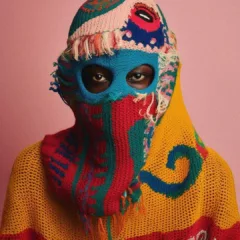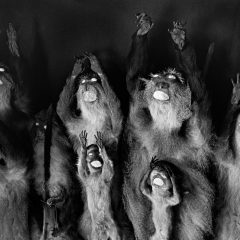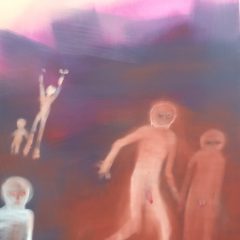Voyeurs and those interested in the obscenity of the highest end of today’s art market may enjoy director Nathaniel Kahn’s The Price of Everything, from HBO Documentary Films. The film features a who’s who of art collectors, auctioneers, investors, and dealers, together with a number of the artist luminaries who they feed upon. Be prepared for an overdose of the likes of Jeff Koons.
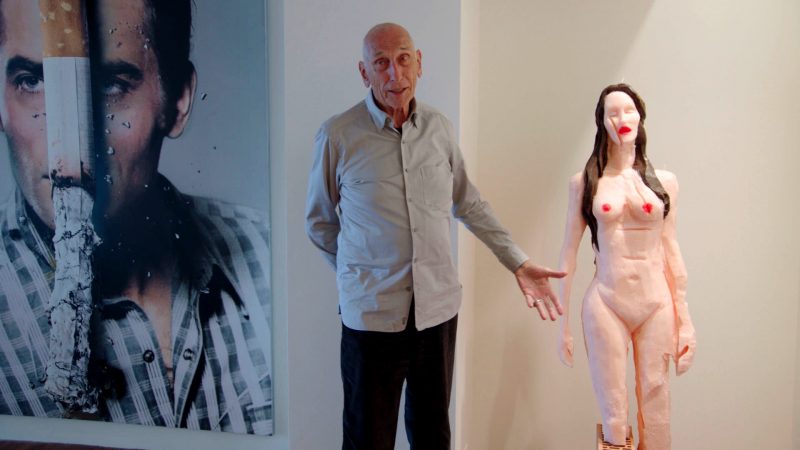
The title The Price of Everything interestingly comes from a fabulously wealthy art collector, Stefan Edlis, who is prominently featured in the film. His comment about his fellow art collectors: “There’s a lot of people that know the price of everything and the value of nothing.” And then there’s Amy Cappellazzo, of Sotheby’s (formerly of Christie’s), who proudly proclaims that the art market is about “the chase and the deal.” Donald Trump couldn’t have put it better.
I was wondering how Edlis amassed his fortune, which was not disclosed in a film that’s more a celebration of the market milieu than hard-driving journalism. It turns out that he was a Holocaust survivor who grew up in Vienna, came to the United States in 1941, and founded Apollo Plastics Corporation in Chicago. In 2015, Edlis and his wife, Gael Neeson, donated 42 works of pop and contemporary art, together worth some $500 million, to the Art Institute of Chicago. In the film, he was asked why, and his answer was that he has no grandchildren.
Jerry Saltz is interviewed too. At one point he talks about feeling sad to see the incredible works of art featured in the film disappear from the public eye when they land in the hands of the super-rich. Ms. Cappellazzo, of Sotheby’s, suggests in response that the walls of the super-rich are preferable to the the vaults of museums, where the contemporary masterpieces she deals in would likely spend portions of their lives. Of course, her point is moot because museums essentially have been priced out of the market by her clients — the super-wealthy and corporations.
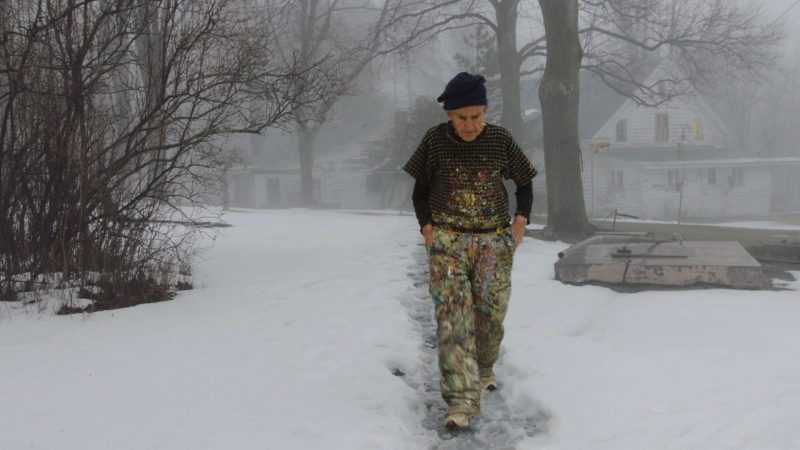
There’s an interesting theme in the film about the financial incentive for artists who make it into that world to keep doing the same thing. Larry Poons, who serves as the conscience of the film, thankfully rails against that *problem*. There also are some lovely moments with the Nigerian artist (and PAFA and Swarthmore grad) Njideka Akunyili Crosby, who seems to have kept the money in perspective (of course, she’s already made it). In one scene, she serenely watches one of her paintings sell at auction on the secondary market for something like one million dollars. Unfortunately, the film does not disclose the price it sold for originally.
Then there’s a wonderful moment in which Gerhard Richter comments about the incredibly inflated price of one of his small paintings, more expensive than a house. He says, “I like it, but it’s not a house.”
The film does not concern itself with the remainder of the art market, if there is a remainder. It’s only about the 1% (if that). There’s virtually nothing in it about how difficult, if not impossible, it is for almost every other artist, irrespective of the quality of their work, to even make a living at it. Jerry Saltz says don’t be an artist unless you have to be one; and if you have to be one, “make an enemy of envy” or be destroyed by it.
This is not to say that the market featured in The Price of Everything is to blame for the poverty of the remainder of the art market, even though that market clearly is a product of gross income inequality in the world. Sadly, I think there are many other troubling factors at work which combine to devalue the arts in favor of phenomena such as crass material consumption. A person wonders whether the glorification of the world depicted in the film also is part of the problem.
Director Nathaniel Kahn is well known for his splendid 2003 documentary about his father, Louis I. Kahn, “My Architect.” The film begins its Philadelphia run at the Philadelphia Film Society‘s Prince Theater starting November 2, 2018 and will be aired on HBO on November 12th.


